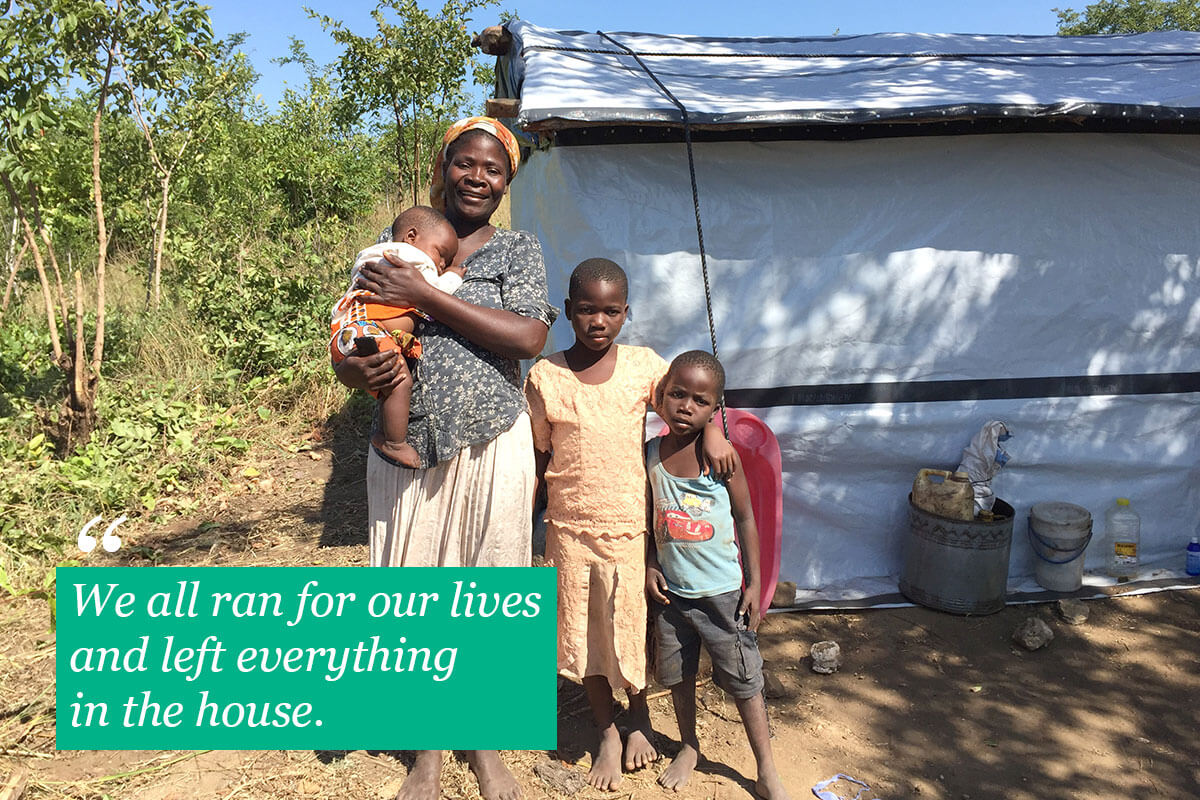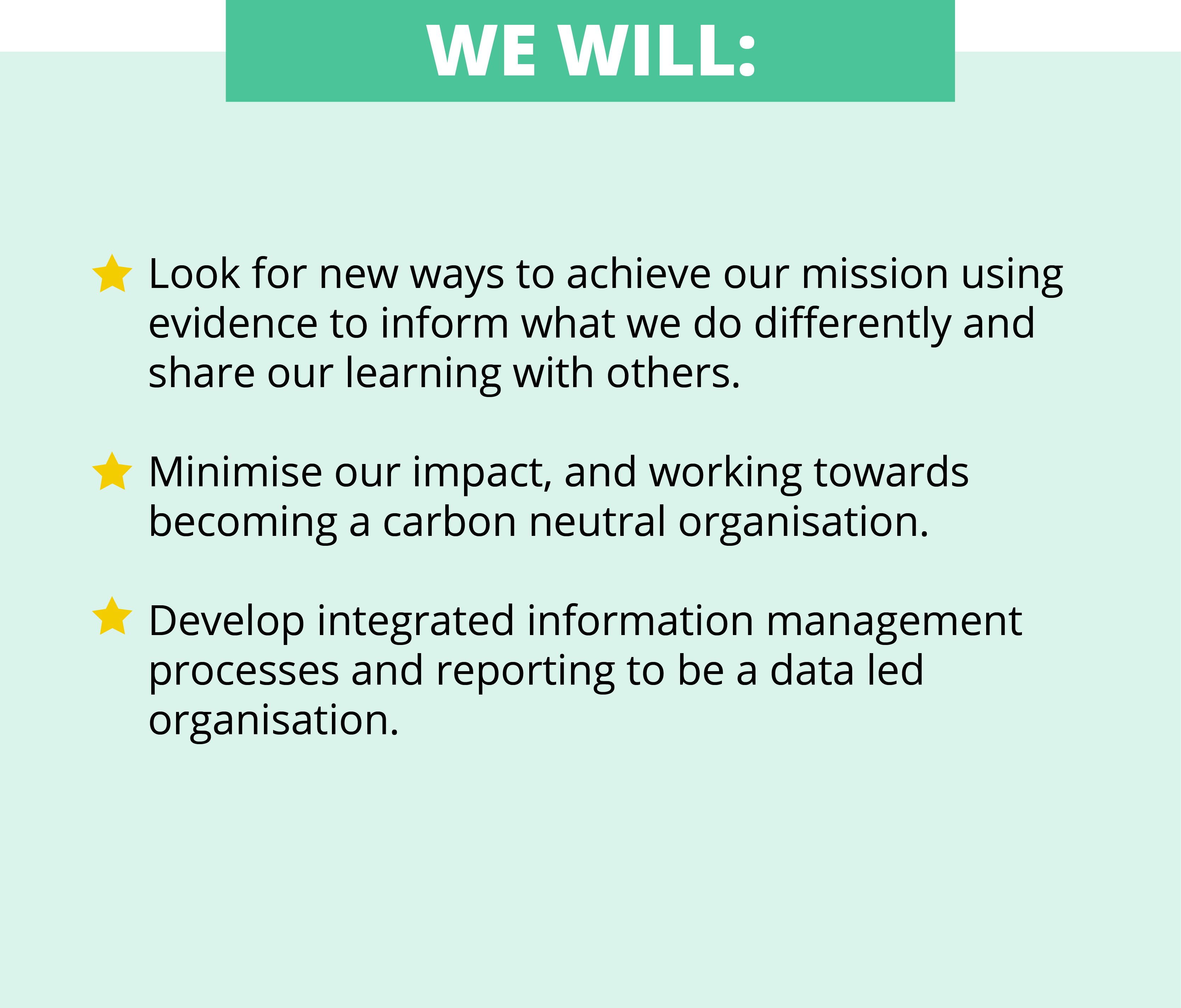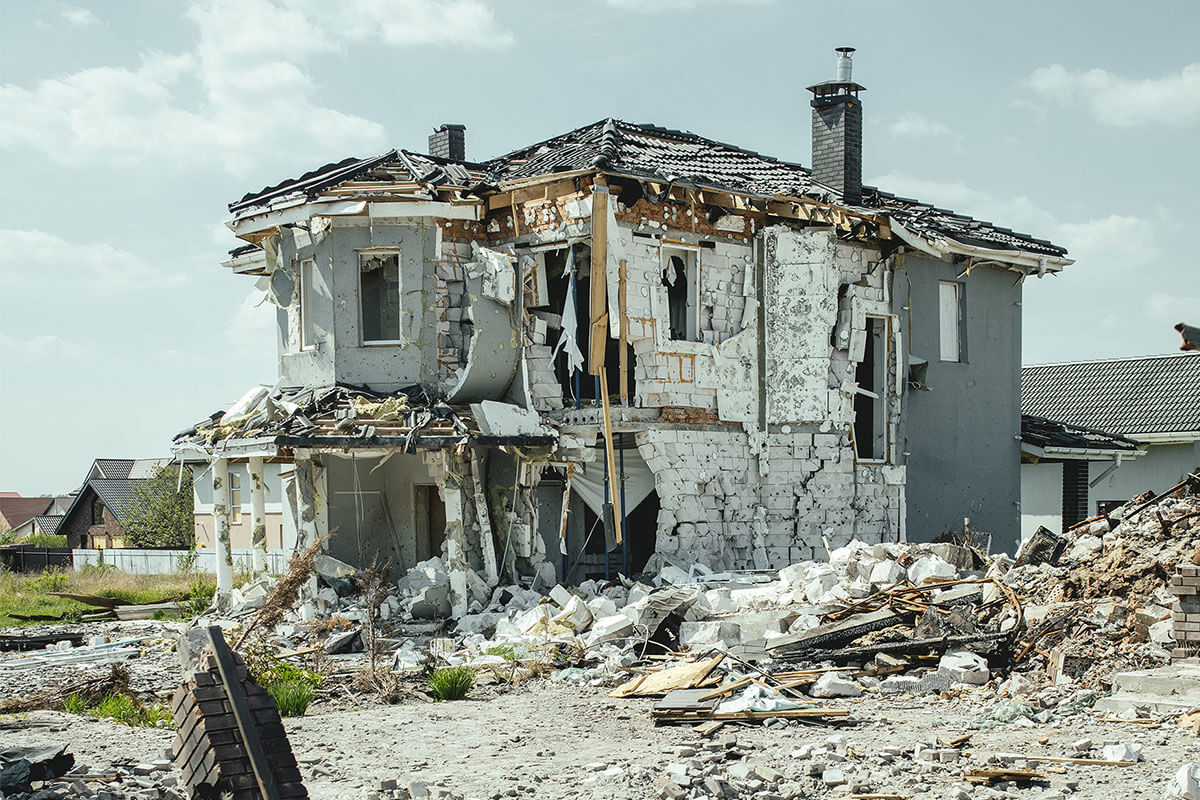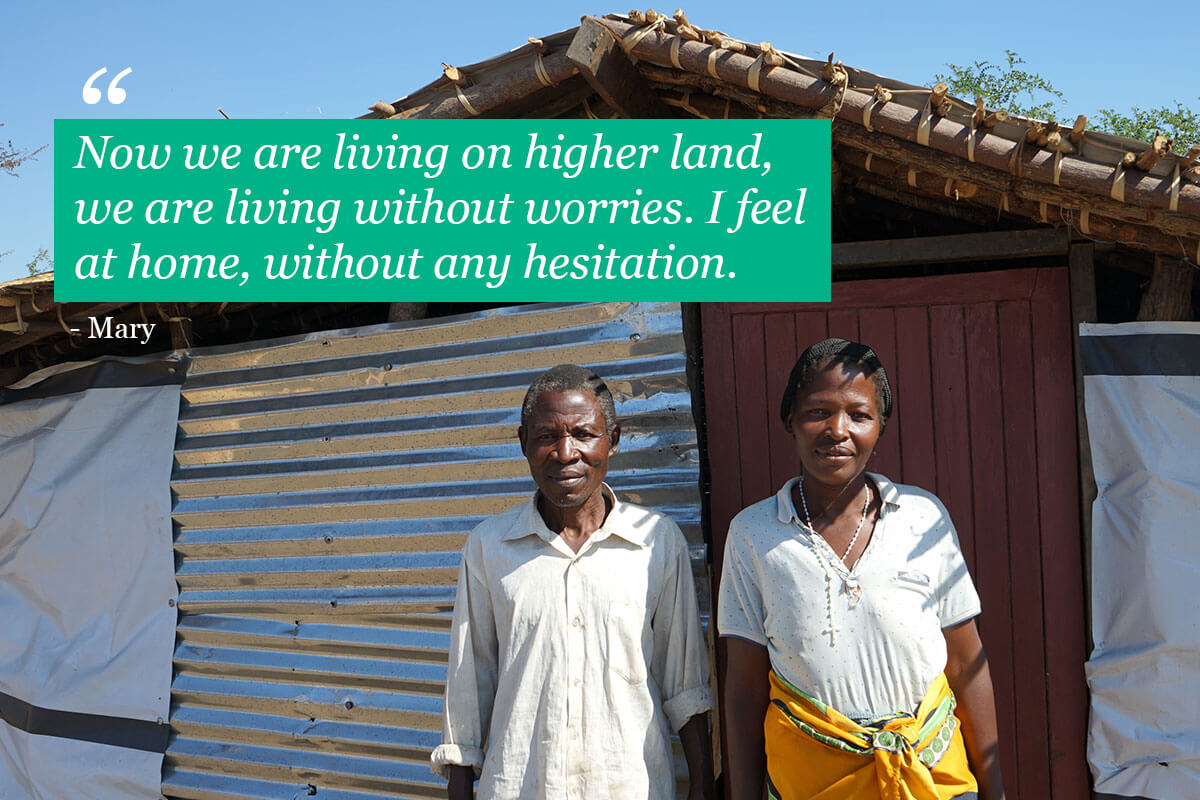Globally, the need for emergency shelter is growing every day. To 2021, over 100 million people were forced from their homes by disaster and conflict.
Long running conflicts continue to force families to flee with less than 6% returning to their homes each year. Whilst new wars challenge us to do more at speed and scale.










